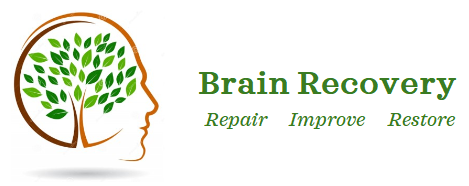
ADHD is a neurodevelopmental condition marked by inattention, impulsivity, and hyperactivity. Children with ADHD may struggle to focus, follow instructions, or stay still, impacting their academic and social experiences. Recognizing and addressing ADHD early can lead to effective management strategies, enhancing a child’s development and well-being.
Social media has been flooded with videos about ADHD. Many people use the term “ADHD” casually whenever someone struggles to focus. But what is attention deficit hyperactivity disorder, especially for kids?
How do we know when a child might have it, and what’s the best way to support them? Today, we’ll explore these important questions and learn more about ADHD in children.
What Is ADHD in Children?
Attention Deficit Hyperactivity Disorder (ADHD) in children is a condition that affects how they pay attention, control their actions, and deal with being overly active. It’s not just about being easily distracted or having a lot of energy; it’s a consistent pattern of these behaviours that can make everyday life and personal growth challenging.
Let’s look at this from two different perspectives:
1. The Behavioral Lens
From a purely behavioural standpoint, without brain recovery exercises, ADHD in children manifests as ongoing difficulties in key areas:
-
Inattention: Struggling to stay focused, easily distracted, forgetful in daily tasks
-
Hyperactivity: Constant fidgeting, squirming, restlessness
-
Impulsivity: Acting quickly without thinking, interrupting others, trouble waiting a turn
-
Emotional Dysregulation: Difficulty managing emotions, even though not part of core diagnostic
These behaviors must:
-
Persist for 6 months or more,
-
Be noticeable across two or more settings (like home and school),
-
Interfere significantly with a child’s daily functioning, and
-
Have begun before age 12
2. The Neurodevelopmental Perspective
Studies indicate that certain parts of the brain that help with managing tasks, like paying attention, remembering things, and controlling impulses, may not work the same way in kids with ADHD.
This difference can make it much harder for them to focus, resist distractions, and stay calm.
Brain Recovery programs like Fast ForWord and Clear Fluency aim to help children with ADHD by enhancing essential cognitive skills that may not be as strong in them, such as:
- Attention
- Processing Speed
- Working Memory
- Auditory Processing
- Language Skills
Why Does ADHD Happen?
-
Genetics are the primary cause—often it runs in families.
-
Brain function abnormalities, particularly in dopamine and norepinephrine pathways, affecting executive control and attention
-
Environmental contributors may include prenatal exposure to alcohol, tobacco, toxins (like lead), premature birth, low birth weight, or early childhood trauma
How Common Is ADHD?
-
Affects roughly 0.8–1.5% of the population under DSM‑IV/ICD‑10 standards (2019 data)
-
Diagnosed 5× more often in boys, though this may stem from how symptoms are recognized or diagnosed differently by gender
Signs & Symptoms to Watch For
Inattentive type:
-
Difficulty sustaining attention on tasks
-
Easily distracted and forgetful
-
Trouble organizing and finishing tasks
Hyperactive/Impulsive type:
-
Constant fidgeting, inability to sit still
-
Talking excessively, interrupting, restlessness
Emotional dysregulation:
-
Intense emotional reactions, low frustration tolerance (not diagnostic but common)
Diagnosis Criteria
Evaluation is based on behavior patterns, observable in multiple environments. These must not be better explained by other disorders (e.g., anxiety, learning disorders, autism) .
Supporting Kids with ADHD
Behavioral & Educational Support
-
Parent training to improve behavior management
-
School accommodations (e.g., seating changes, structured routines, extra time)
-
Cognitive Behavioral Therapy (CBT) and social skills training are useful for emotional and social support
Medical Treatment
-
Stimulant medications (e.g., methylphenidate, amphetamines) are most common
-
Non-stimulants (e.g., atomoxetine, guanfacine) are available for those who can’t take stimulants
Ask How We Can Help!
Contact Brain Recovery today if you’re looking for a proven way to boost your thinking skills. We’d love to chat!
